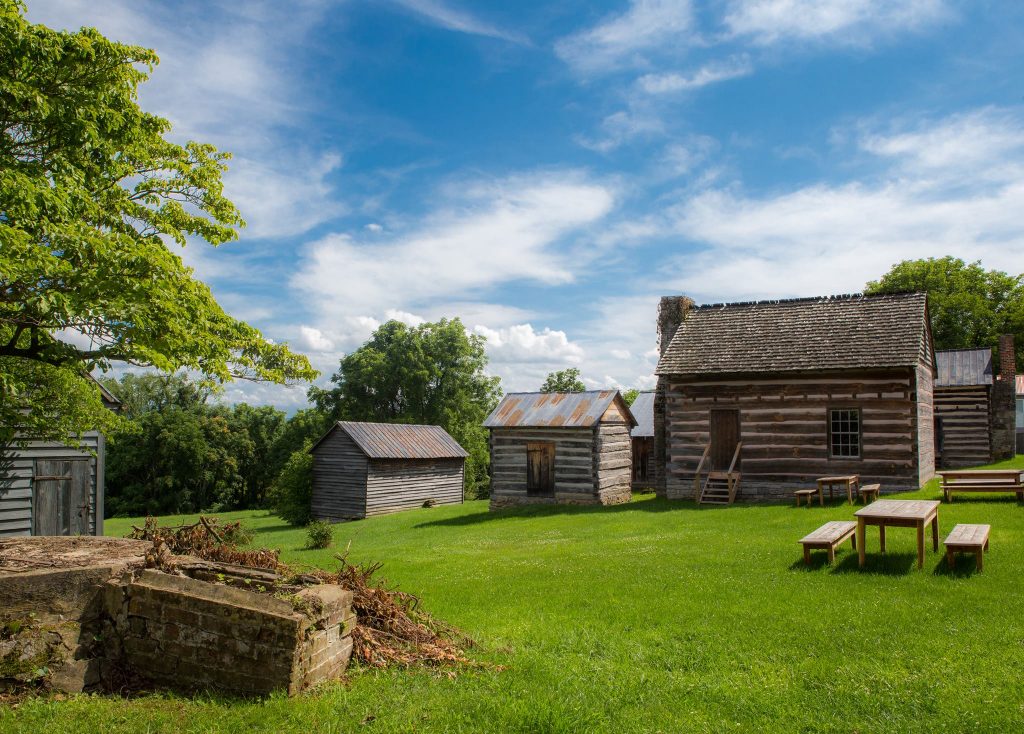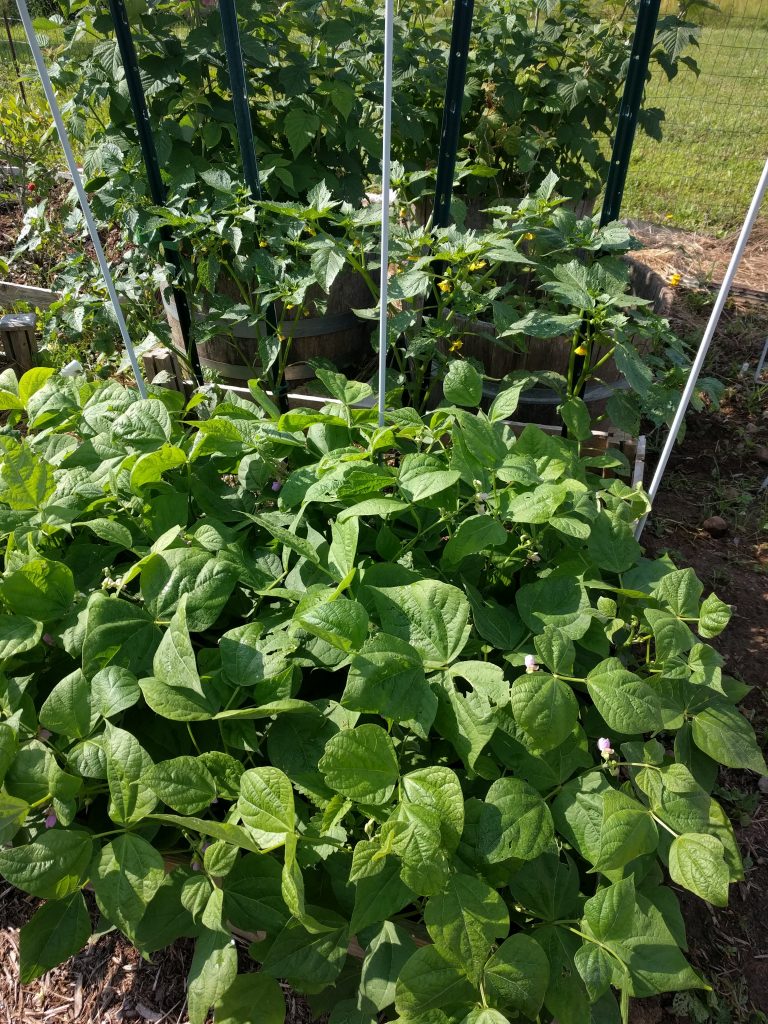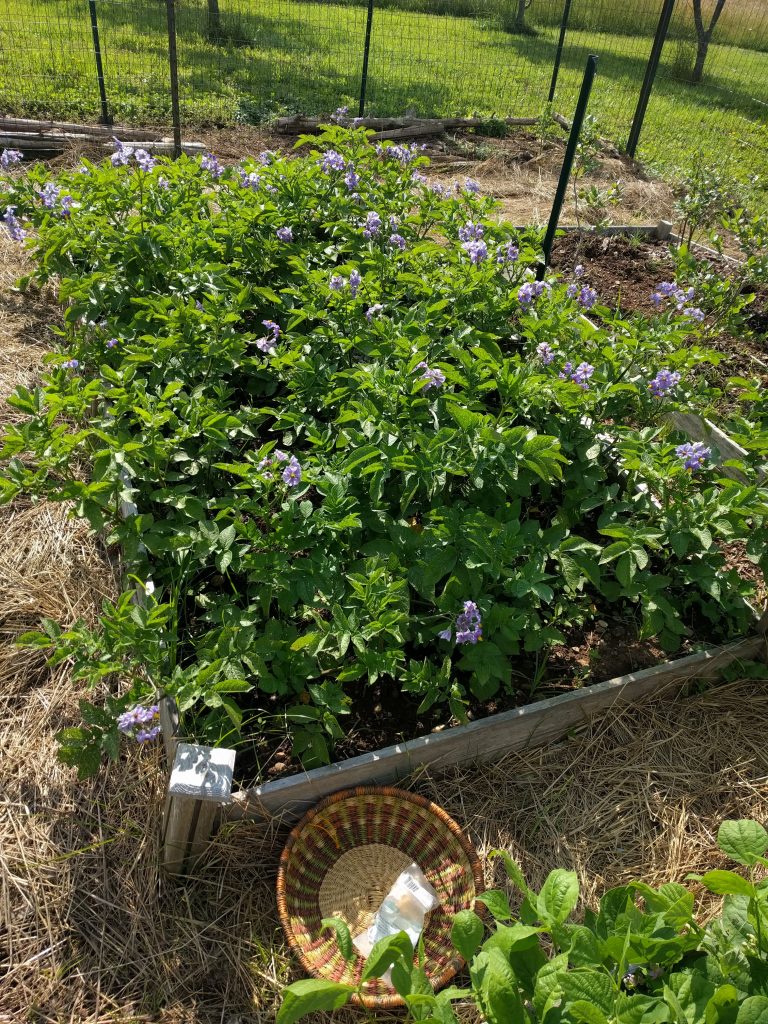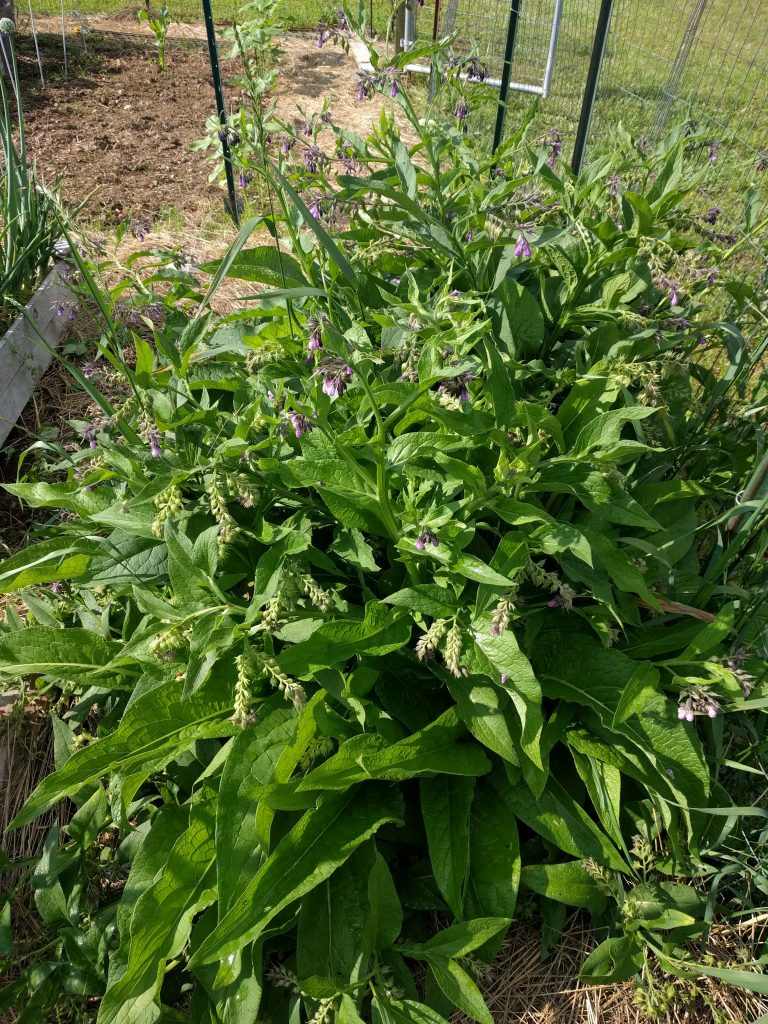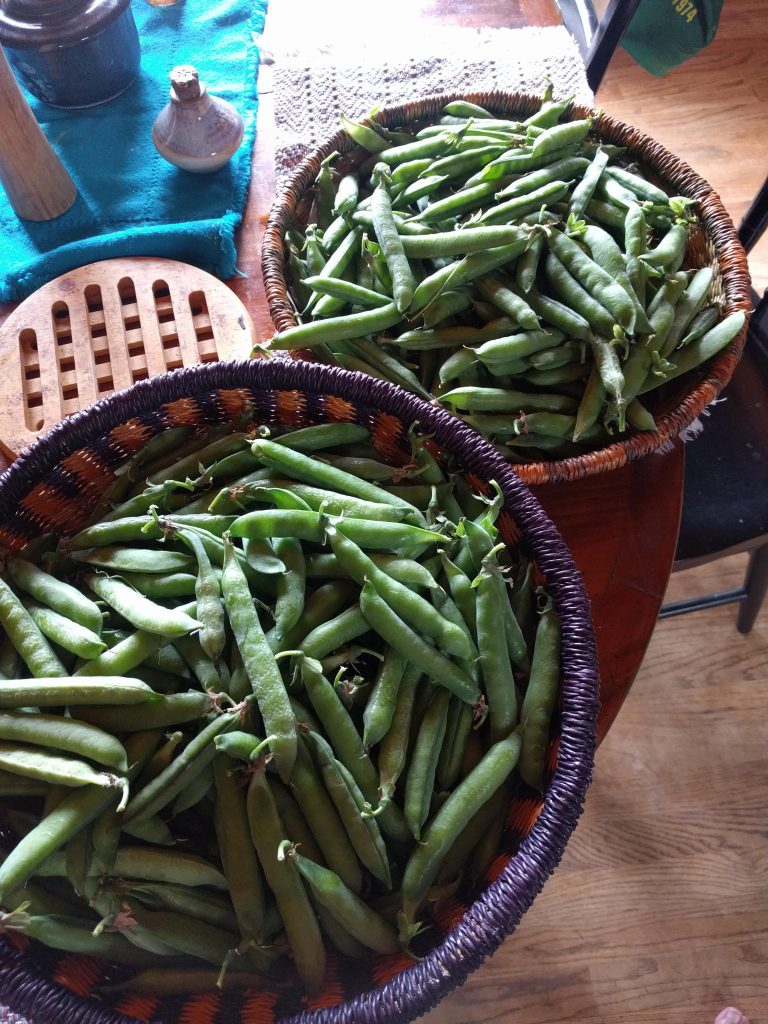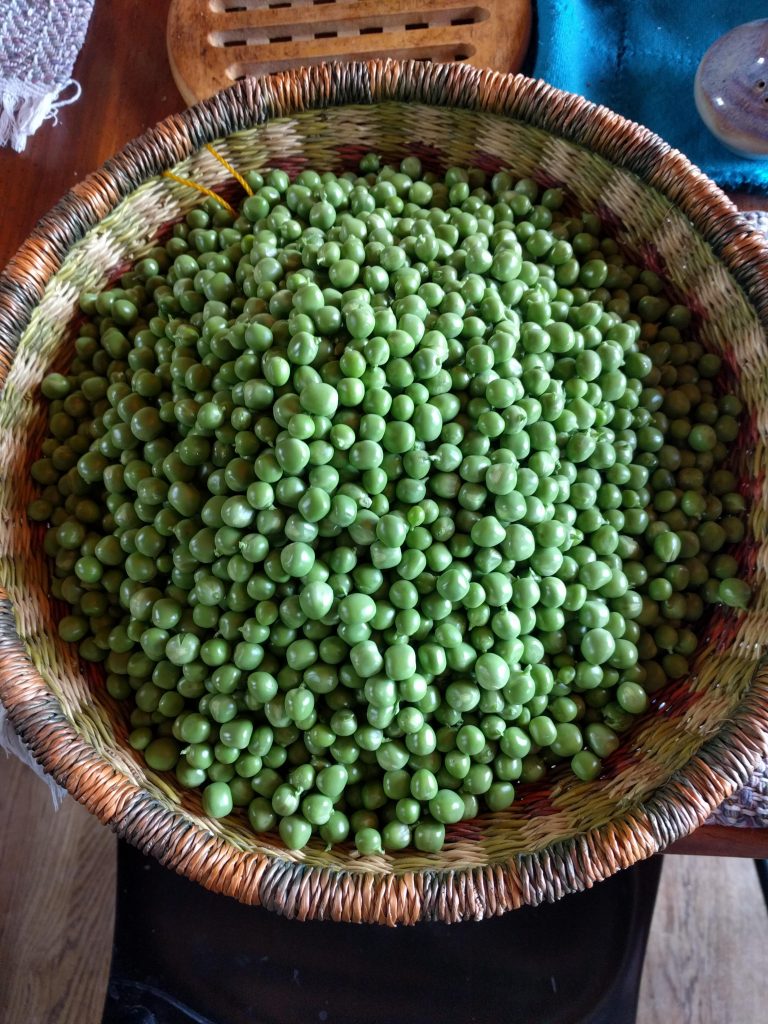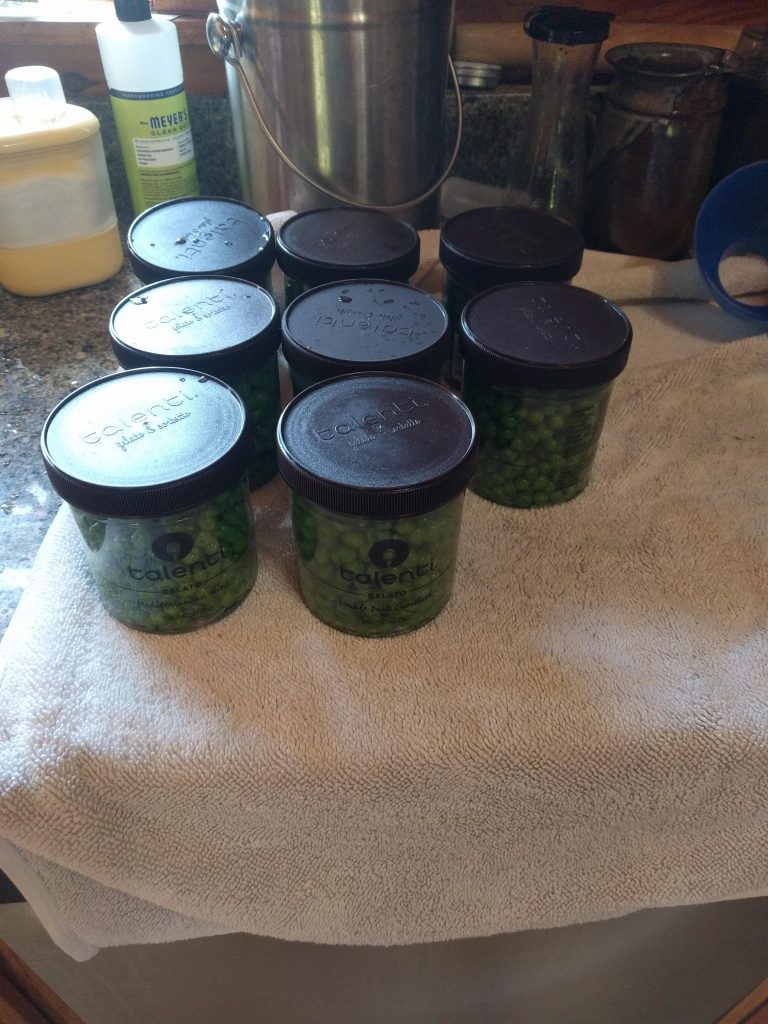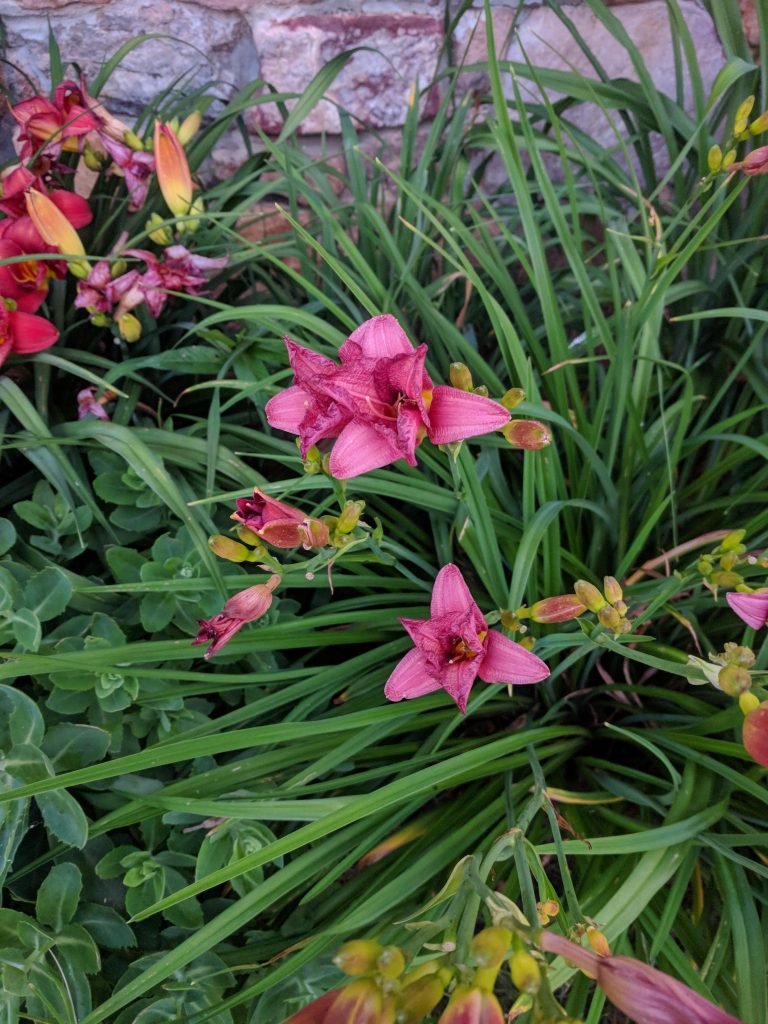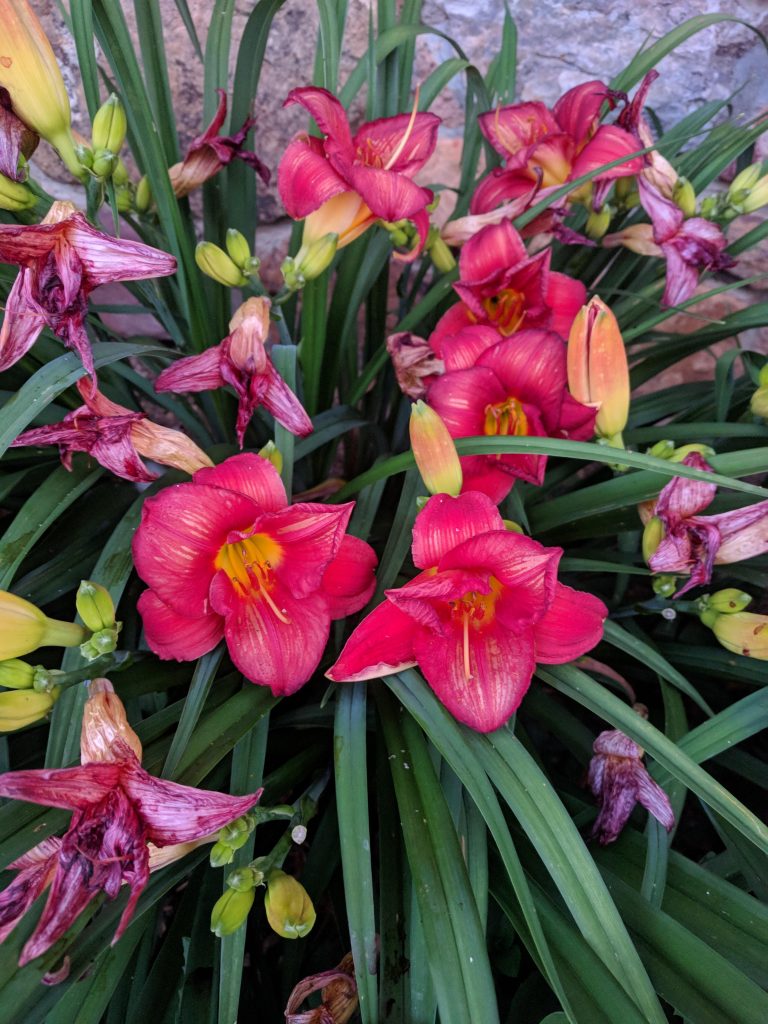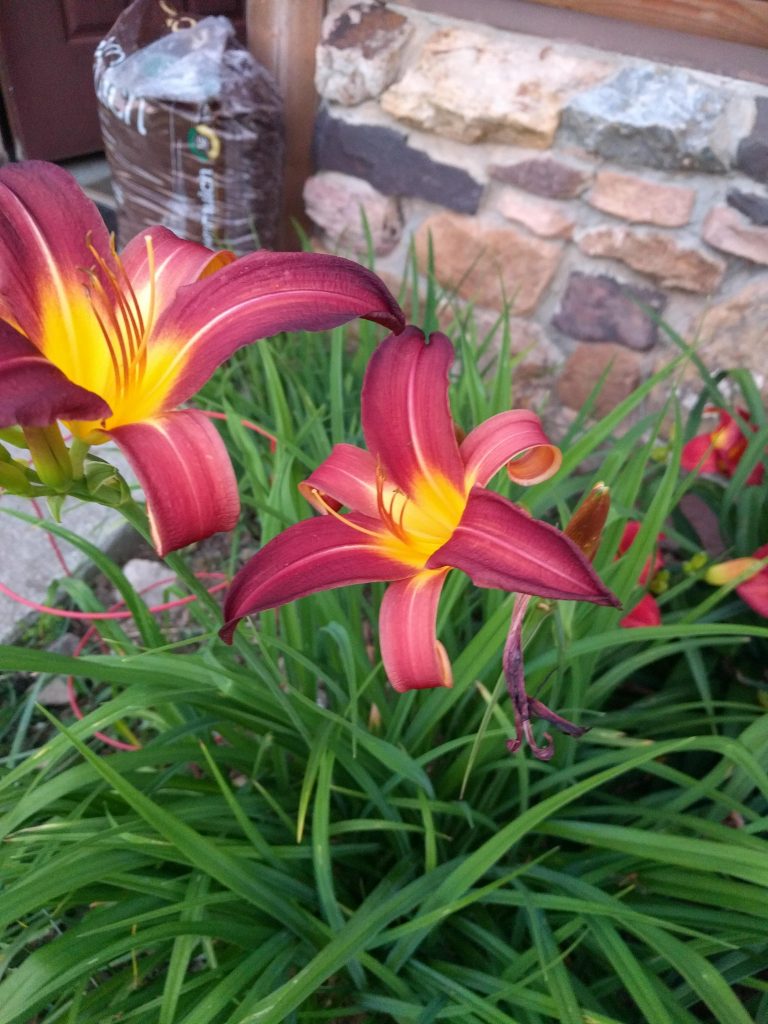
There are variations of bumper stickers around to remind us to keep our money close to home, to support local businesses, local farmers, local crafters. I particularly endorse this mindset. When we eat out, we try to go to the local restaurants, yes, they do have to purchase some goods trucked from many miles away, but many also support the local farmers and purchase their goods when available. We do a weekly trip to the local Farmers’ Market, where they can sell nothing grown more than 50 miles from it, so all meats, eggs, vegetables, and fruits are grown locally. The meat vendors prescribe to the practice of pasture raising their animals and do not use feedlots to “fatten” them up before processing. The produce vendors practice organic methods of growing, even if they don’t all go through the expensive and arduous process of becoming certified. Many of them do use big hoop houses to extend the seasons, so often, greens, radishes, and pea shoots are available long before and after my gardens can provide.
Every couple of years, I reread, Barbara Kingsolver’s book, Animal, Vegetable, Miracle, of her family’s one year adventure to only eat what they could grow or purchase from local farmers. It helps me to renew my resolve to try to keep it local. We aren’t as dedicated as they were, continuing to purchase fresh fruit and frozen berries out of season that has been hauled from Mexico or California during the off seasons. But we do have an orchard with 4 different fruit trees and 3 different berries to enjoy in season as well as Wine berries and wild blackberries growing around the hayfields of the farm that can also be picked when the hay is mowed and you can get to them. This year, it was harder to get going on the garden for some reason, though it is now all planted. I am currently rereading her book to jump start my motivation to stay on it. The loss of nearly half my hens in the past few months was difficult, but the remaining 7 are providing enough eggs for daughter’s family and our use.
As I go to deal with the hens in the morning, I walk along the north edge of the vegetable garden and note the first asparagus tips emerge, then the daily or near daily venture in to cut the ones that are 6 to 8″ tall. This allows me to walk past the garlic and see it’s progress, and up past the peas, spinach, carrots, and radishes. The other side of the asparagus bed are the beans. This morning, a large handful of asparagus was cut and the garlic had scapes, so they were snapped off to bring in as well. This sent me back out with scissors to cut the large spinach leaves with the idea that sauteed garlic scapes and spinach would be a delightful addition to dinner. I will also enjoy some of the asparagus (not hubby’s favorite). With an egg for my protein, that will be a wonderful dinner if a healthy starch is added in the form of brown rice, sweet potato, slice of local whole grain sourdough bread, or even a baked or roasted white potato. He will get some meat with his. It doesn’t get any fresher or more local than this.
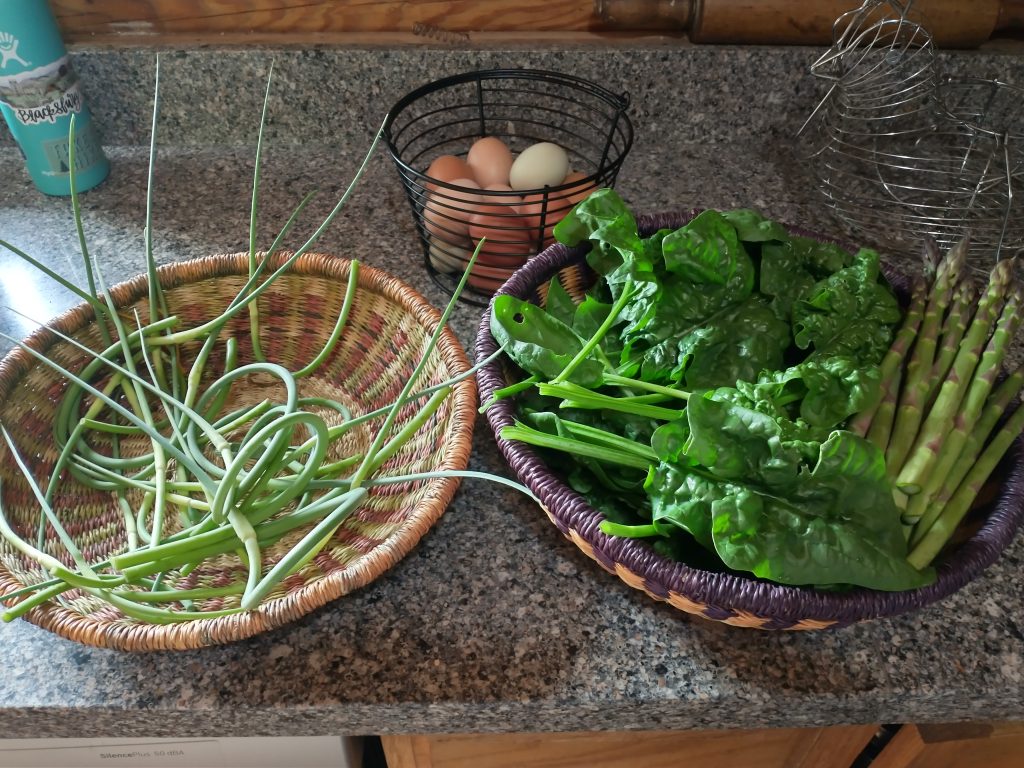
The asparagus will soon come to an end so they can grow the tall ferny tops to provide the crowns with the necessary food to provide us with stalks next spring. When the weather gets consistently warmer, the spinach will bolt and it too will end until a fall planting can be made. The second crop of radishes is up, the peas are flowering, the beans are sprouting, and all of the starts planted out a few days ago are thriving. It took some self motivation to get going this year, but the garden is providing and will continue on for the next few months. The Farmers’ Market will still be visited for vegetables I don’t grow, meats for hubby and visitors, and an occasional loaf of sourdough bread or chunk of local cheese. We strive to be local, and are thankful for the garden, orchard, and local Farmers’ Market that is the best one I have ever visited.

